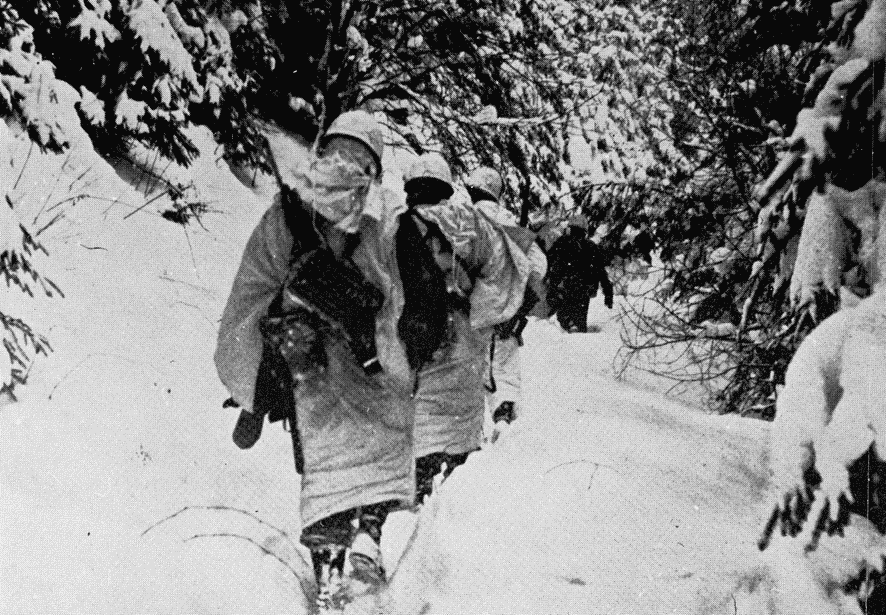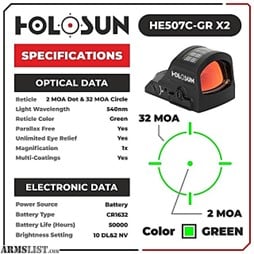Way back in the day, some 200 years ago, Carl Clausewitz, a Prussian army officer, set out to analyze why the French army, under Napoleon, routed the Prussian army in numerous battles. He was confused because some 40 years earlier, it was the Prussian army that was kicking everyone’s ass in Europe. What had changed?
Rather than compare weapons, the size of armies, their tactics, and leaders, he took on the daunting task of identifying what he believed was the nature of war — the fundamental underpinnings of war — such as that it was violent, was a human activity, and was an extension of politics by other means. There were a few other characteristics, but if you want to delve into everything, grab Clausewitz’s book On War, some 731 pages and have fun, because there are no photos. Generation after generation of military officers around the world ever since, in war college after war college, have cursed the day they were assigned to read such a monstrosity. But later, the winners of almost every war were glad that they had.
One of Clausewitz’s most important concepts was that of the Center of Gravity, which some strategists believe is the characteristic, capability, or locality from which military force derives its freedom of action, physical strength, or will to fight. It might be the mass of the enemy force, or perhaps its logistical base, production capabilities or lines of communication. Other thinkers feel that the center of gravity might be economic resource or locality, cohesion of an alliance, or something even more intangible, such as morale or the national will. There usually is just one center of gravity, perhaps two, but if you identify more than that, you probably need to relook it.
Some folks default to claiming that one individual, such as a military general or political leader, is the center of gravity, but that logic is pretty precarious when analyzing past wars. Whatever the center of gravity, Clausewitz believed that you had to go after your enemy’s center of gravity and destroy or significantly degrade it, while protecting your own center of gravity from the enemy doing the same to you.
Here is a historical example that might help visualize this. In World War II, the center of gravity for the US — in my opinion — was our overwhelming technological, logistical and industrial base that enabled us to truly fight around the world, with significant numbers of outstanding weapons (think aircraft carriers, four-engine heavy bombers to take the fight to the enemy homeland, a lethal, flexible artillery fire support system for the army, millions of wheeled vehicles that made our army truly mobile {unlike the Germans who still used millions of horses}, the atomic bomb, radar, sonar, etc.) Sure, American fighting troops of all services played a huge role, but without those production/technology assets, we are on an equal footing with the Germans who had many more divisions than we did, jet aircraft, and excellent tanks. And we aren’t retaking the Pacific without airpower. And as far as protection, neither the Germans, nor the Japanese could attack American factories in the US, or bomb the Manhattan Project, or stop those assets from getting overseas. Our motto truly was: “There’s plenty more where that came from.”
Fast forward to today and the current Israeli-Palestinian fight in Gaza. Both sides seem to have been fighting forever. Both sides are heavily influenced by founding religious documents, the Old Testament and the Koran. Both sides want control of the same territory, which is almost too small to divide between the two to where both will be satisfied.
So, since the formal founding of Israel in 1948, there has been endless violence. People on both sides want control of the other, and some people on each side want the other side dead and gone. From the river to the sea for some means that their side will control all the land from the Jordan River to the Mediterranean Sea, while others believe that area should be Jew free, or Arab free, take your pick.
So where would the “losing side” go? Israeli Jews are simply never going to march into cattle cars again for the one-way ride to an extermination center as happened in World War II. All the Jews pack up and move to Delaware? Europe doesn’t want them back to pre-WWII levels. All the Palestinians leave the Gaza strip, and the squalor of the refugee camps in Israel, Lebanon, Syria and Jordan? Where are they going to go? Egypt doesn’t want them for fear that they will destabilize that country. Who wants endless refugee camps in which hatred and violence are preached every night to a population that appears to never want to ever assimilate anywhere else but between the river and the sea? Iran talks a good game, but most Palestinians are Sunni, and Iran is Shia, and strife between those two factions has led to countless millions of Muslim deaths since they started slugging it out 1400 years ago.
Which brings us to October 7, 2023 and the Hamas attack in the Gaza strip, killing over 1,000 Jews, many civilians, including children. The Israelis responded and have been at it ever since going after tunnel after tunnel in Gaza, probably killing 40,000 Palestinians, many civilians, including children. Israel has had nuclear weapons for over 50 years but has not used them. Iran appears to be getting close to obtaining an atomic weapon. If either side goes with a nuke attack, the casualty numbers will make 40,000 look like a walk in the park.
But it gets worse, or could. I have long thought that Israel has quietly spoken to every Islamic nation in the Middle East, and maybe even taken representatives of each on an all-expenses-paid nice holiday cruise on September 22, 1979 near the South African territory of Prince Edward Island in the Indian Ocean, where there was probably a nuclear device test explosion. And then the Israelis said something like: “Look boys, if anyone pops a nuke on Israel, we might not find out immediately who did it, because of all the devastation. So here’s what we’re going to do. We’re going to drop a big nuke on the Kaaba in Mecca, right away, because we’re going to assume it was one of you that nuked us. And not only will that be destroyed, but that whole area will be so filled with radiation that it will take 100 years before anyone can safely go there on a Hajj. And then when we do find out who did nuke us, we’re going to rain that country with nukes. It will be like The Great Flood, Part II. So you fellas need to keep each other in line. Hal fahimtum?”
And of course, what that would do, if Israel came through on that threat/promise, would be to create an endless war.
Right now, Israel is playing “whack a mole,” trying to kill Hamas leaders when they are located; Hezbollah too. That may work tactically for the short term, but what has Israel done to identify the true Center of Gravity of her enemies.
I believe that the Center of Gravity for radical, militant, Islam, be it Iran, Hamas, Hezbollah, etc., is the current endless influx of young recruits from across Islam, which promises them martyrdom and eternal luxury and pleasure in heaven. Until that pipeline is permanently, not temporarily, broken through non-lethal means, by moral persuasion, winning hearts and minds, we’ll get endless October 7s, no matter how many current fighters and civilians are killed. These jihadis probably will not be completely persuaded by non-Muslims. That may take something like an Islamic Reformation.


